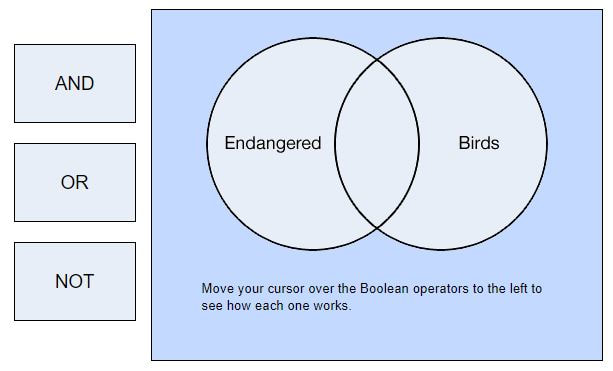


Platforms you want to run your search on.Skills that the candidate needs to be proficient in, or any other industry-specific terms.Job title of the position you’re hiring for, as well as any other variations that it could have.Still, struggling to wrap your head around it? Take a pen and paper to note the following details: Site: /in OR (“machine learning” OR “ML” OR “data scientist”) Hiring for rather niche positions or specific skill sets calls for using boolean strings that are slightly more advanced than the norm.įor instance, you need email addresses of candidates who are working in machine learning or data science, then the search string would be: Syntax A guide to advanced Boolean search strings For example, dev* will provide you with results for both developer and development. The wild card (*) is used to get more variations of the results for the keyword you’re searching for. For example, leaving a blank space between ‘product’ and ‘manager’ will provide irrelevant results that contain both of the words ‘product’ and ‘manager,’ but not necessarily together. Quotation marks are used to search for the exact phrase specified. This will come in handy, as most candidate searches are not straightforward and combine various keywords. This defines the priorities of each segment of the search string. ‘NOT sample’ or ‘-sample.’) #4 Parenthesis ()īrackets are used to wrap multiple keywords in OR search. Instead of NOT, you can also use the minus symbol (-) followed by your unwanted term without leaving a space (e.g. The NOT operator excludes unwanted terms from your search.

This operator will show results that include either of the two keywords or both of them simultaneously. If you add AND operator between your keywords, the search results will show only results that include all of your keywords. Recruit* = recruiter, recruiting, recruitment Groups multiple search keywords to set priorities Includes results containing the exact phrase specified Includes one or both keywords in the results Includes all keywords specified in the search You follow a recipe closely when you bake, and here you need to write the syntax correctly, for your search query to work. Now add a few additional operators and symbols to the mix and bingo! You have written your very first Boolean search string. Words or phrases such as AND, OR, NOT can be used to limit, broaden and determine the search results - utilize a search engine to its fullest potential. What is Boolean search?īoolean search helps you define your search specifically to what you are looking for. They can make your life painless, and your search exponentially more effective. And that’s exactly where Boolean search strings step in!įor a recruiter, Boolean search strings are a godsend. But here’s the thing – Google search holds such power to offer highly customized results should you want it. Enter a keyword or a key phrase and hit search. Most of us barely scratch the surface when it comes to the Google search engine. An alarming insight from our brand new report, 2021 State Of Developer Recruitment, shows that 37% of recruiters agree sourcing is a big challenge, post-pandemic. Blindly sinking resources into hiring drives with recruiters scouring the Internet for hours looking for suitable job profiles will not cut it anymore.


 0 kommentar(er)
0 kommentar(er)
